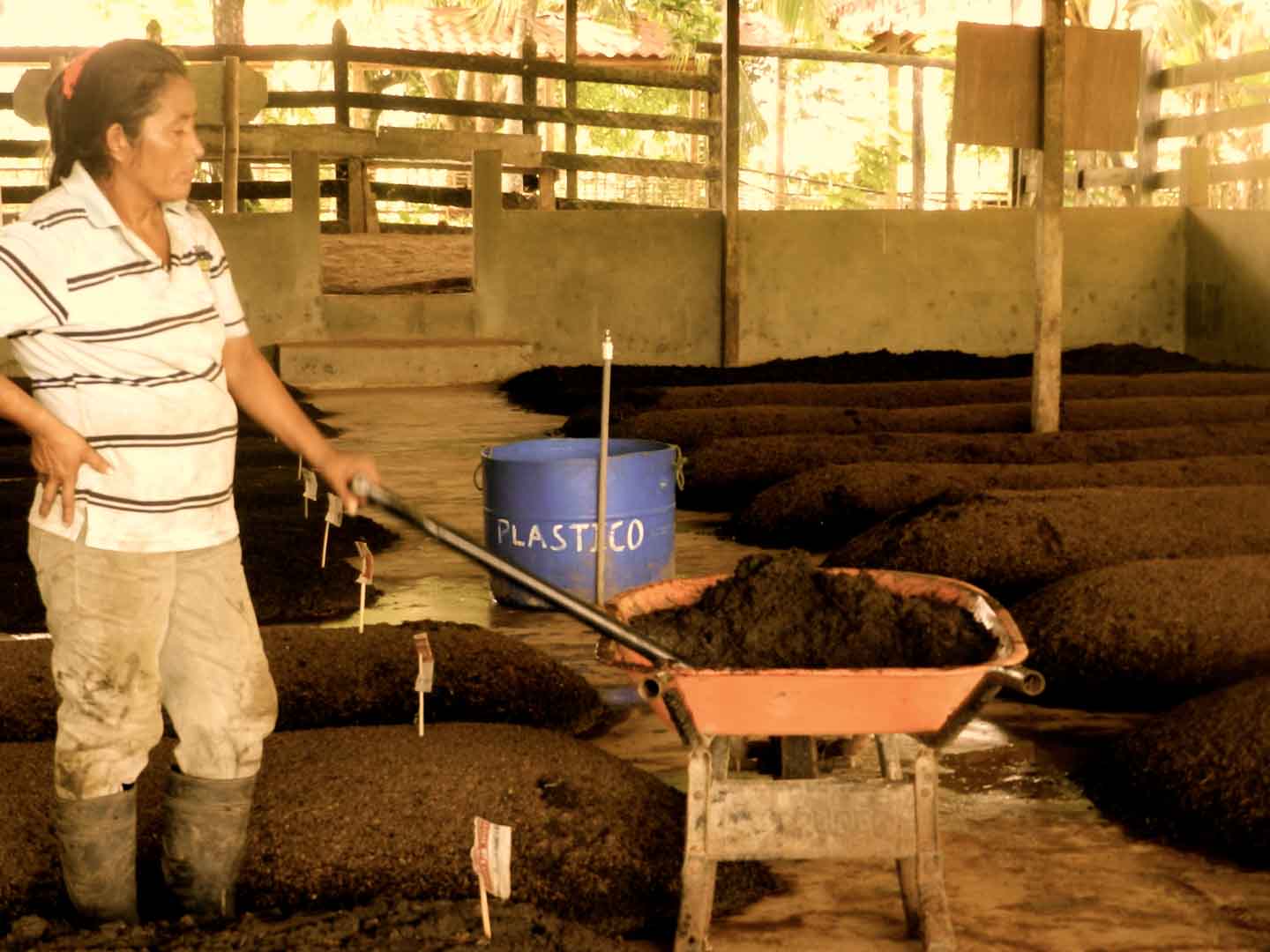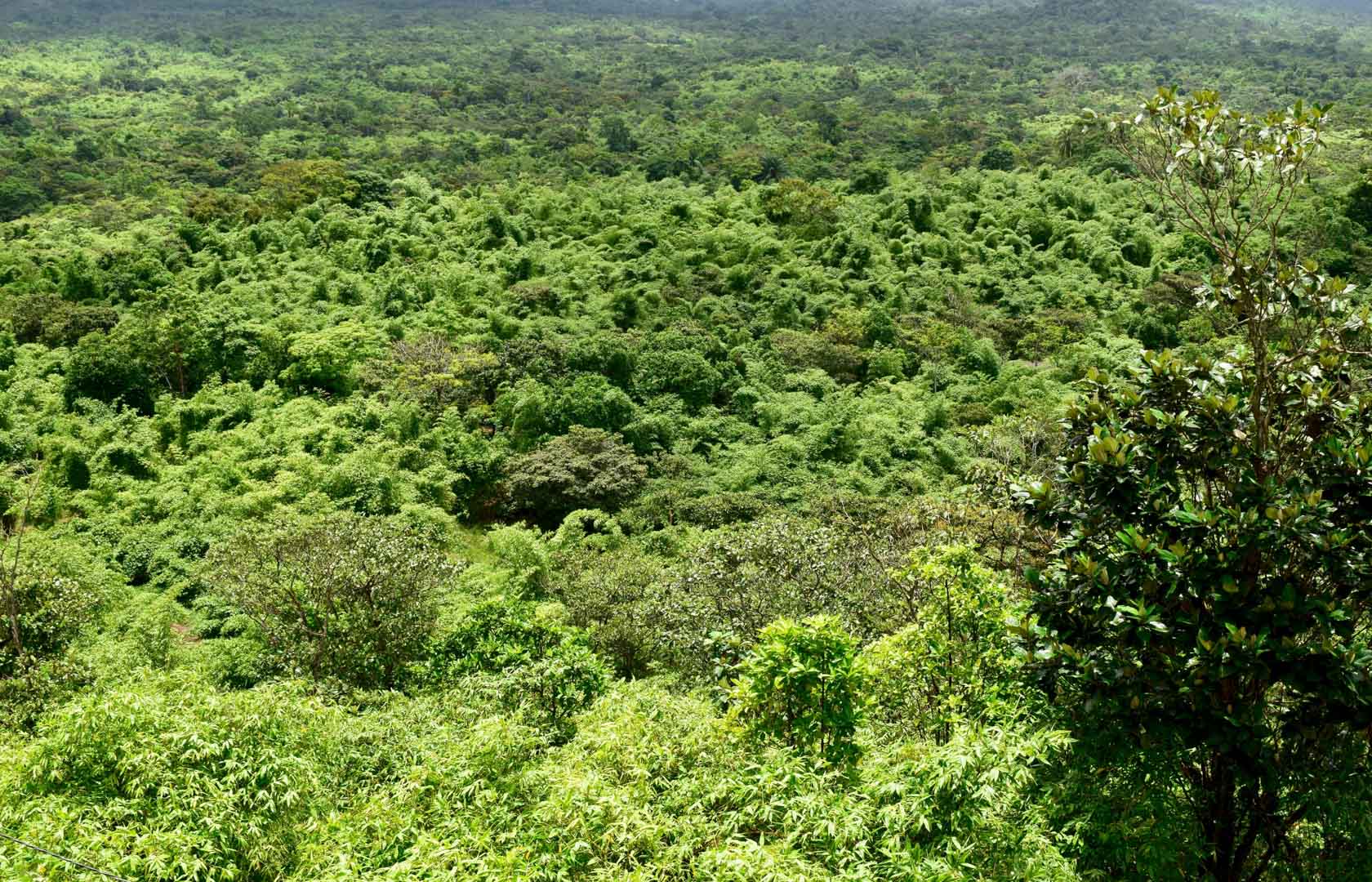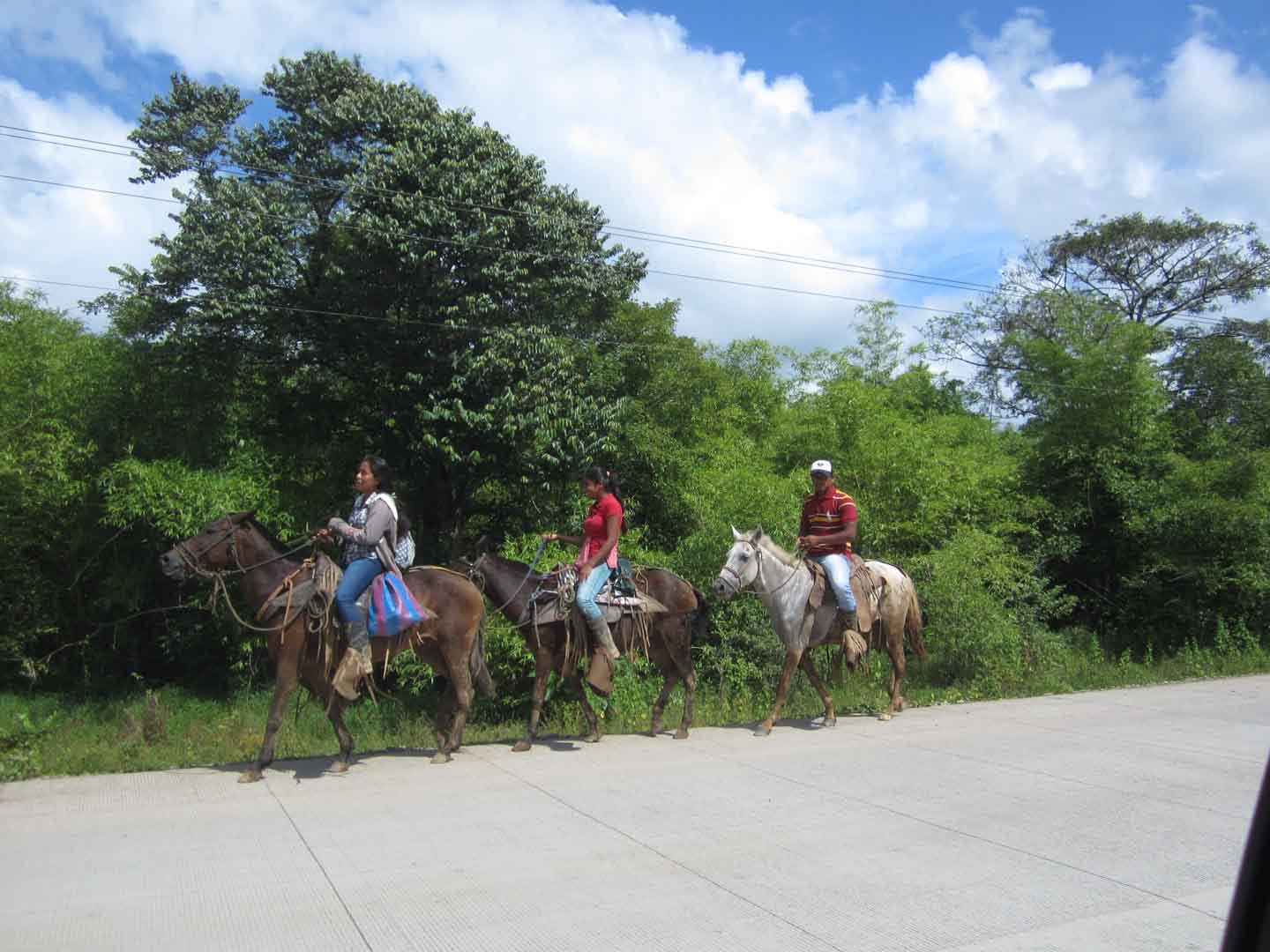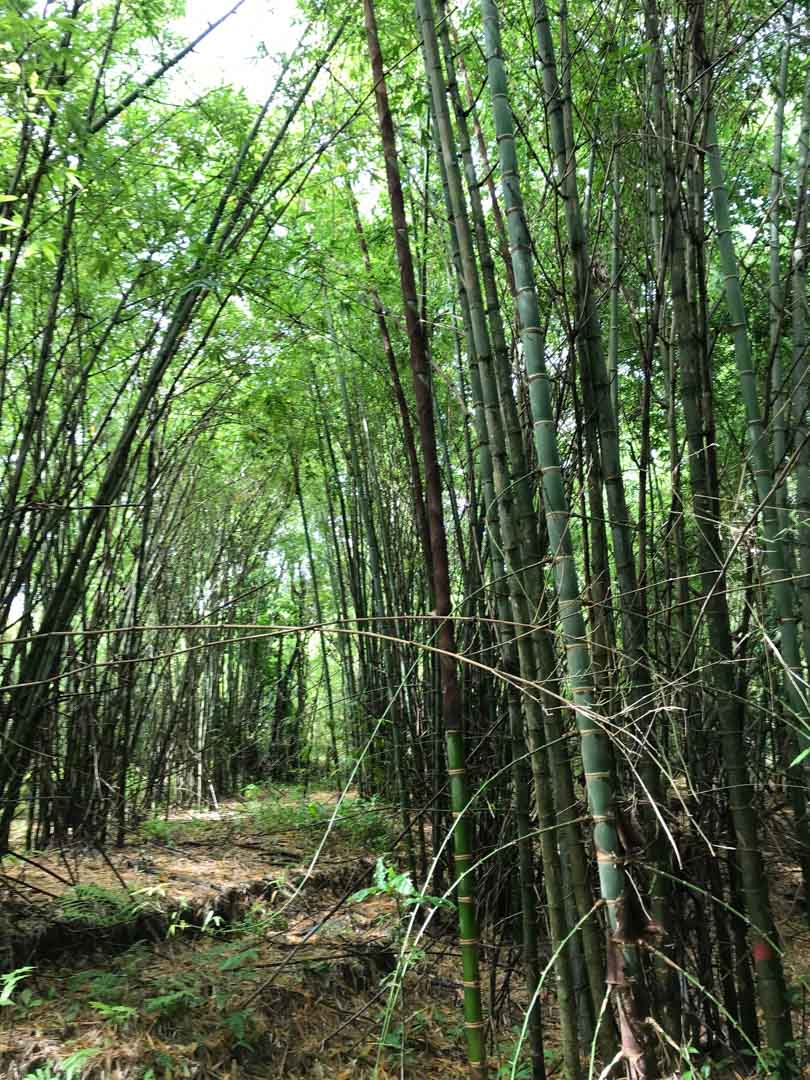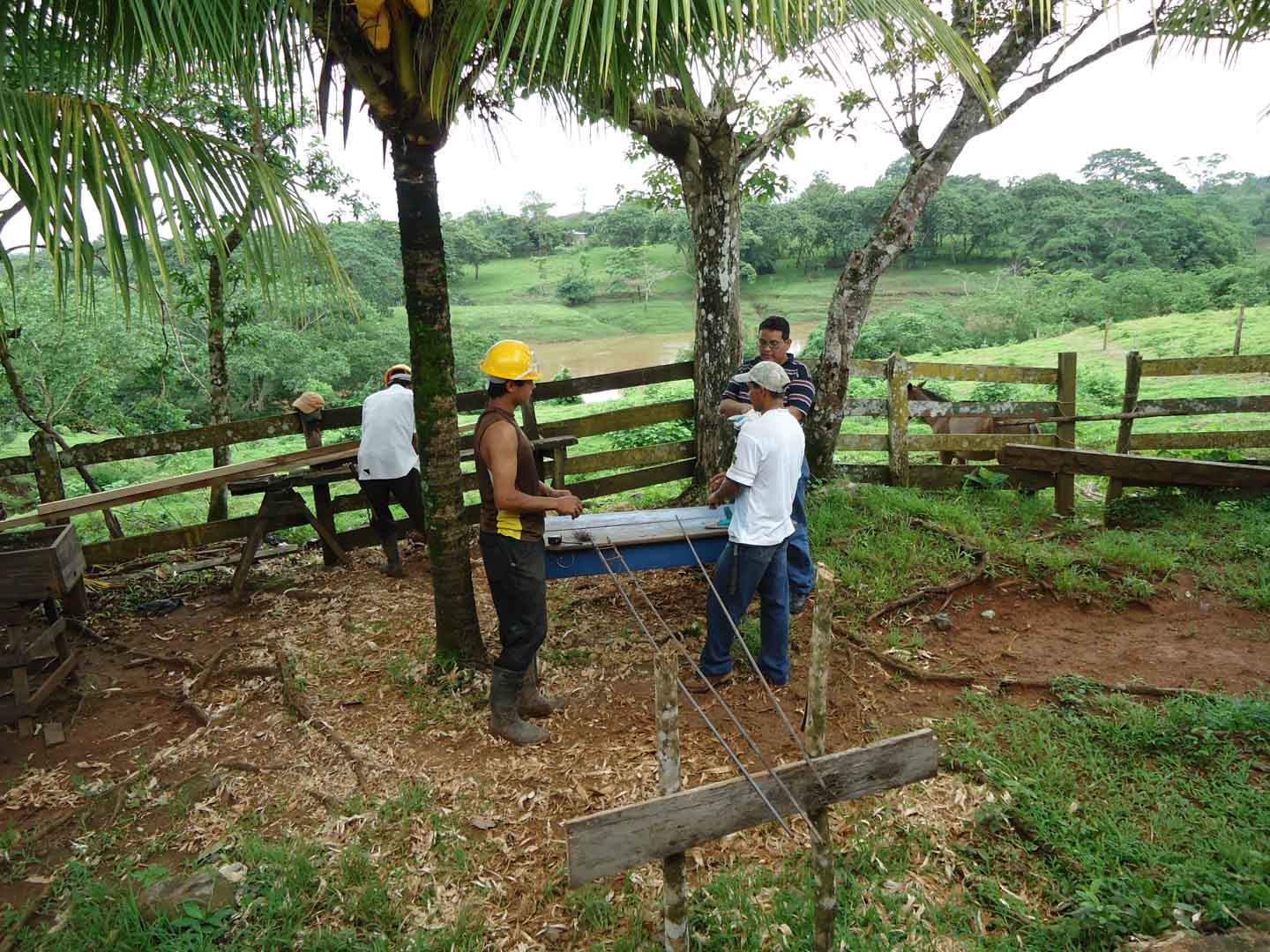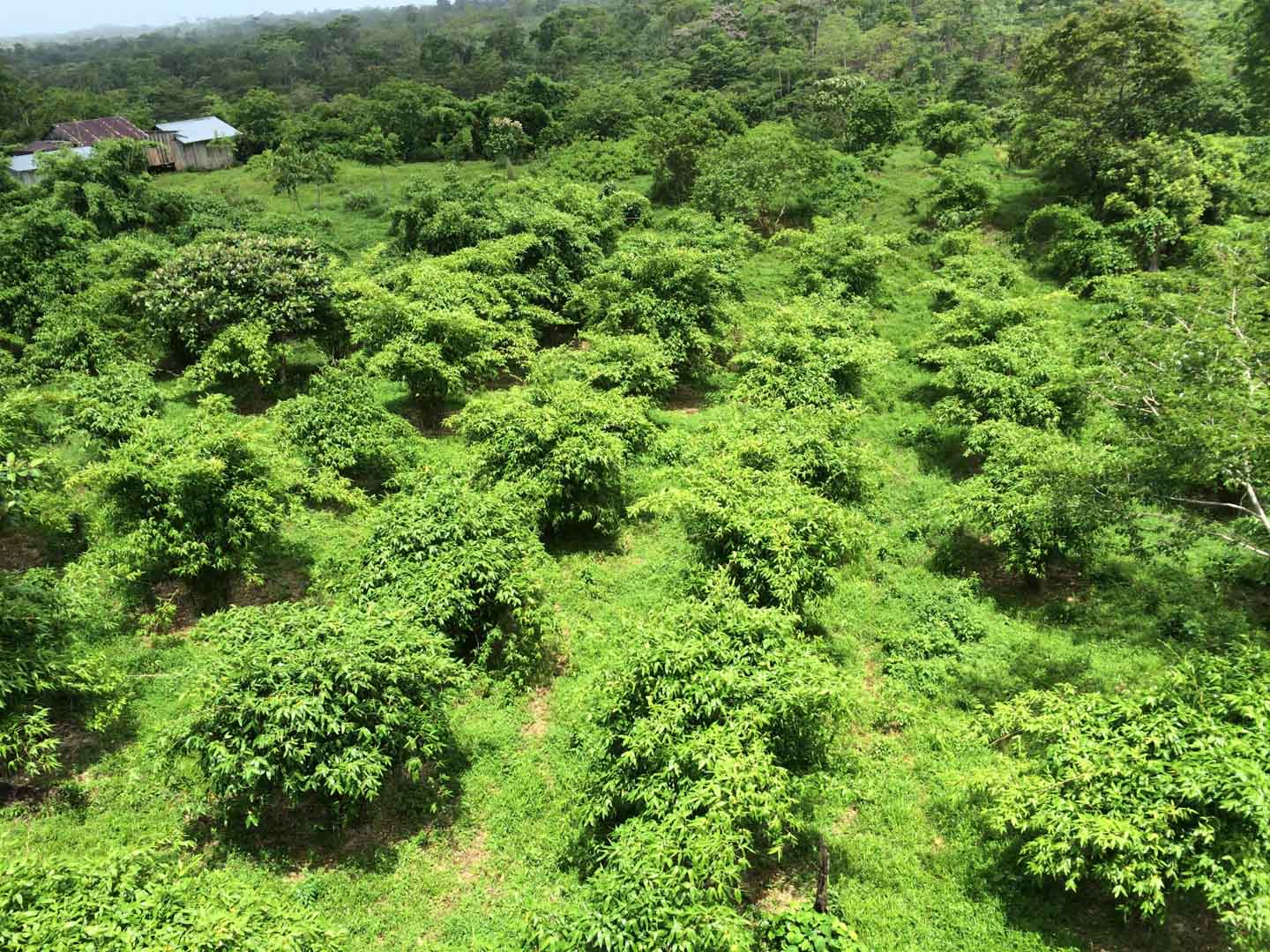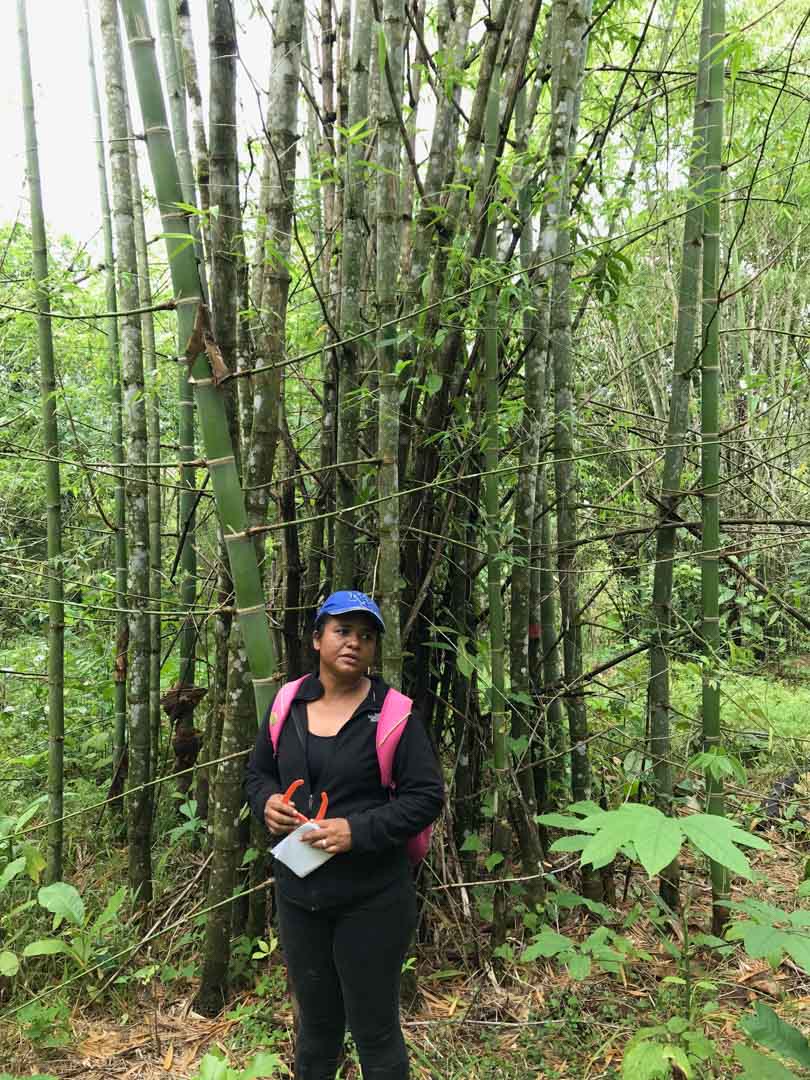Bamboo for deforestation-free products
Our project in eastern Nicaragua has planted more than 1 million plants of a native species of giant clumping bamboo, covering 2,361 hectares while protecting an additional 1,000 hectares of old forest as a conservation zone. It has transformed a degraded landscape into a flourishing and biodiverse ecosystem. Bamboo is one of the most efficient biological tools for fighting climate change. The project contributes to mitigation by preventing deforestation and capturing CO2 as well as to adaptation by reducing temperatures, creating micro-climates, supporting a low-carbon economy and creating livelihoods for vulnerable communities.
In contrast to cutting trees, harvesting giant clumping bamboo does not kill the plant. Once fully mature, selective poles are harvested from each bamboo clump annually, leaving enough time for other poles to regenerate. Thus the carbon stored within the bamboo becomes a permanent sink, with the bamboo clumps having a lifetime of 80 years. The bamboo fibre from the plantations forms the base for a broad range of substainable, deforestation-free products like fibers or building materials.

Forests are essential in our lives and are among the planet's most important carbon sinks. Besides providing habitats for wildlife, they filter the air, stabilise and protect soils, store water, and contribute to the balance of our climate. However, global forest areas have declined sharply in recent decades due to increasing settlements, agriculture, illegal logging, and raw material extraction. Afforestation, reforestation, and revegetation activities significantly increase a forest’s carbon storage capacity in both the biomass of the forest and in the soil. The storage capacity varies according to the tree species, age, and location.
Experts distinguish these activities in the following way: Afforestation converts non-forested areas into forest ones. Reforestation restores forest areas that have been damaged or deforested in the past. Revegetation increases the vegetation through planting trees, shrubs, or other plants.
Explore our projects
Biochar for Climate Action, Healthy Soils, and Better Harvests

A certified climate project combined with additional commitment

Expansion of renewable energy generation in Asia

Ceramic water filters save CO2 and improve health

Improved cookstoves worldwide – for better health and cleaner air

A certified climate project combined with additional commitment

Powering access to renewable energy in Africa

A certified climate project combined with additional commitment

Restored ecosystems remove carbon

Turning degraded farmlands into healthy ecosystems

Improved cookstoves - better for health and the environment





